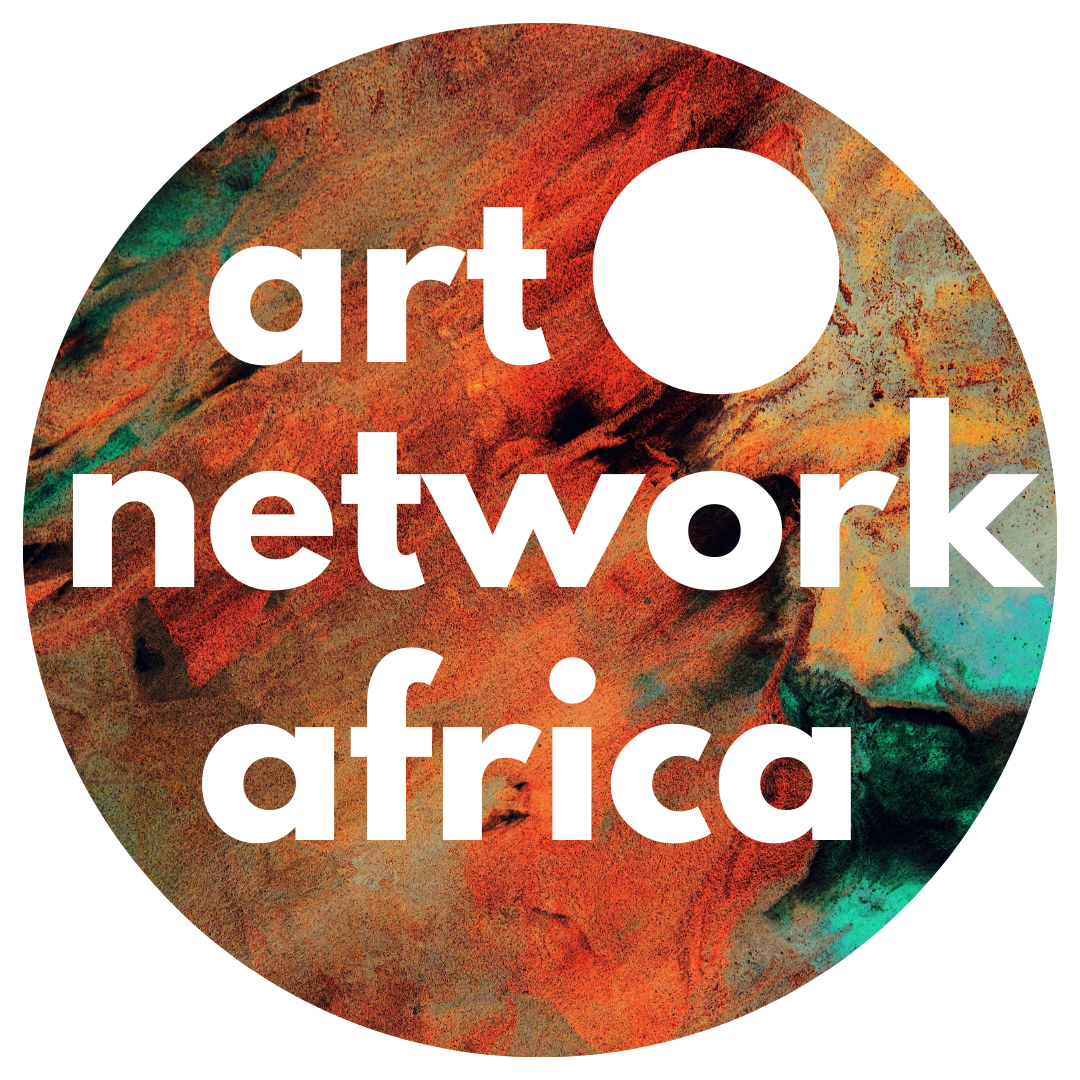The African art ecosystem has been on the verge of a transformative shift, with vast opportunities to forge new initiatives and attract investment that will elevate the continent’s creative industries on a global scale.
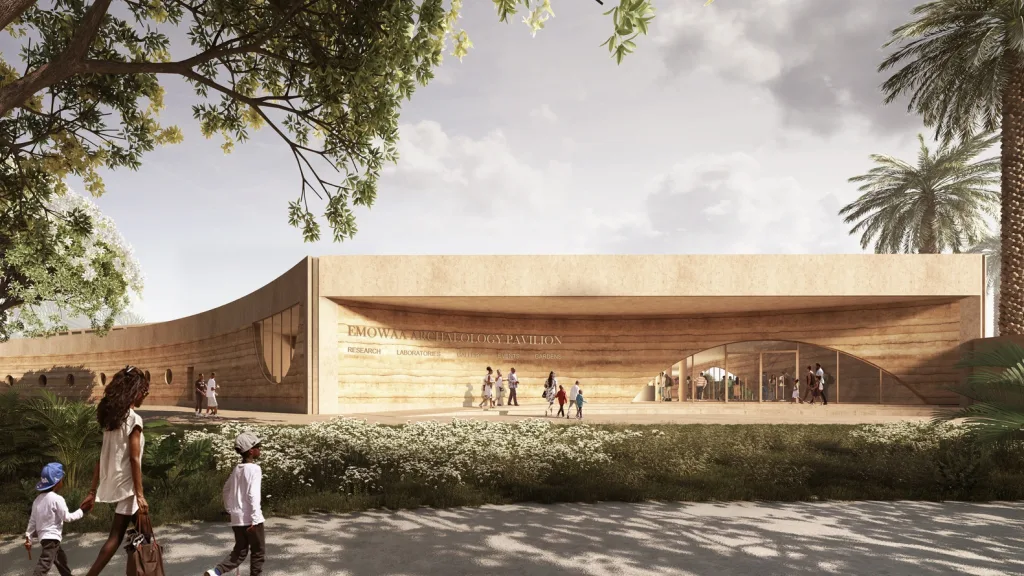
As African contemporary art continues to gain recognition for its innovation, cultural significance, and unique perspectives, the time is ripe for fostering collaborations that can break down existing barriers and accelerate growth. Globally, cultural and creative industries (CCIs) generate around USD 4.3 trillion annually, which is about 6.1% of global GDP, and supports nearly 30 million jobs (UNESCO).
Yet Africa’s creative economy accounts for less than 3% of that, valued at about USD 59 billion, even as Nigerian and African content gains global popularity. The growing visibility of African artists at prestigious international art fairs and the increasing presence of African art in global exhibitions are only the beginning. To truly unlock the potential of African art, multi-sector partnerships and strategic investments are essential.
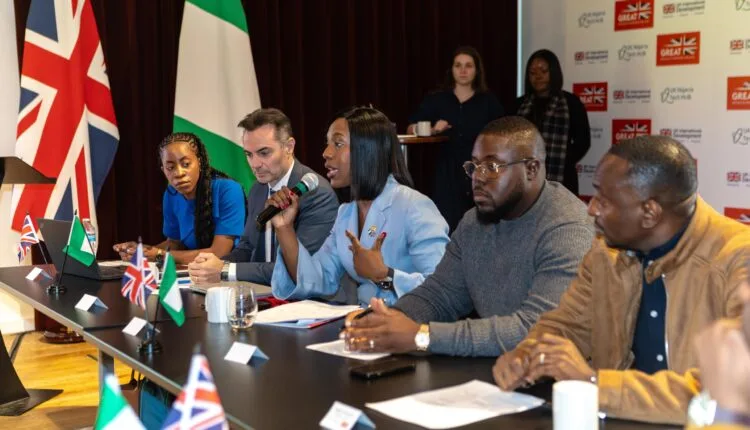
One key area for opportunity is the expansion of public-private partnerships that can provide the financial and infrastructural support needed for African creative industries to flourish. Governments across Africa, alongside private enterprises, have begun to recognize the immense cultural, diplomatic, and economic value of investing in the arts.
Across Africa, creative pioneers are driving a wave of innovation that fuses culture with commerce. From Nairobi to Kigali, Abidjan to Cairo, artists and entrepreneurs are merging artistic expression with technology, e-commerce, and education. This dynamic shift is redefining the creative economy and positioning culture as a catalyst for economic growth.
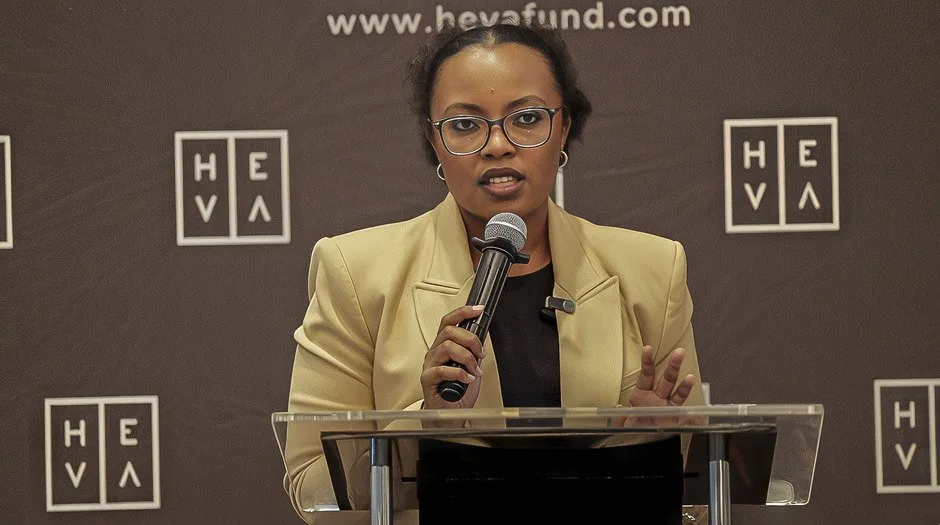
The Heva Fund in Kenya combines impact financing with creative projects, giving emerging talent the tools to professionalize and monetize their work. In Rwanda, Kigali Innovation City is launching hybrid startups in fields like game development, edutainment, and digital fashion—pushing the boundaries between art and technology. Meanwhile, Côte d’Ivoire’s ANKA, a digital platform for artisans, secured $3.4 million in IFC equity funding to support 100,000 African creators by 2030. These ventures signal a growing movement that opens global markets to both rural and urban artists.
Driving this transformation are institutions that believe in the power of creative impact. The African Export–Import Bank (Afreximbank) recently doubled its Creative Africa Nexus (CANEX) program, committing $2 billion over three years to support cultural businesses with loans and guarantees. At the same time, UNESCO’s International Fund for Cultural Diversity (IFCD) has invested over $11.5 million since 2010 in more than 150 projects across 71 developing countries—including Côte d’Ivoire, Kenya, Morocco, and Rwanda. These funds help shape cultural policy and support grassroots entrepreneurship.
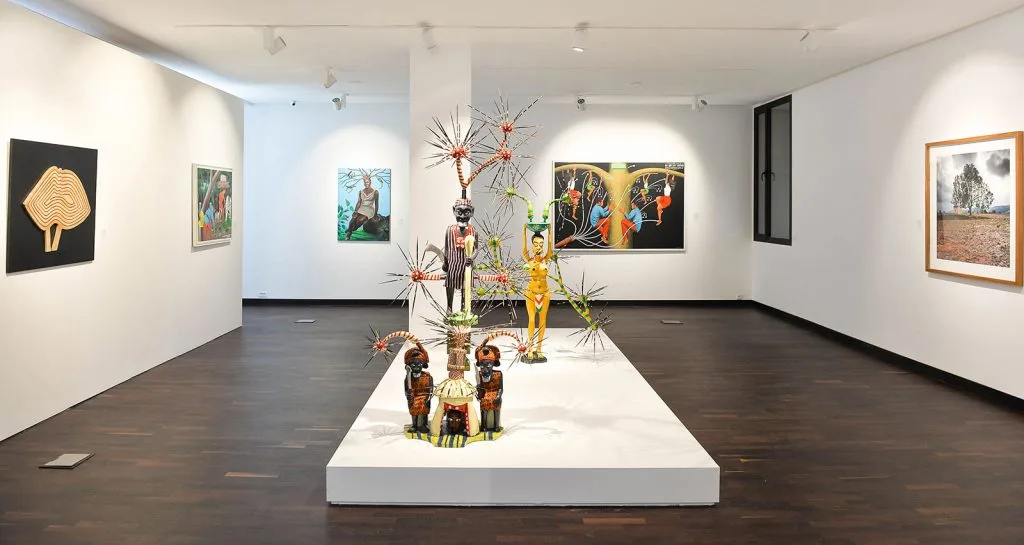
Cross-border partnerships are also fueling momentum. In Egypt, the Downtown Contemporary Arts Festival (D-CAF) collaborates with global institutions with support from the EU and private sponsors. The Museum of African Contemporary Art Al Maaden (MACAAL) in Morocco also strengthens the regional art scene through exhibitions, residencies, and education. Also, Pro Helvetia Cairo connects artists across North Africa by supporting co-productions and creative mobility in Egypt, Algeria, Tunisia, and Morocco.
Initiatives like Nigeria’s Creative Industry Finance Initiative (CIFI) are examples of how governments can play a pivotal role in providing financial resources for artists and entrepreneurs in the creative sectors. By leveraging such partnerships, African artists can access the capital they need to scale their businesses and reach international markets.
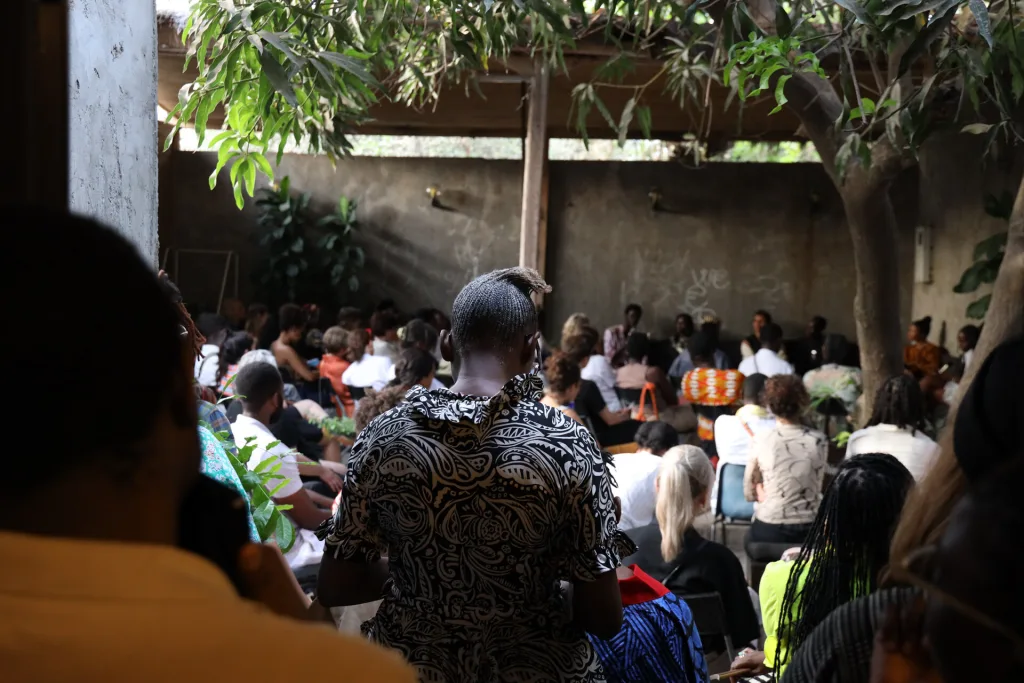
Also organizations such as UNESCO, the European Union, Institut Français as well as the International Finance Corporation (IFC) amongst others are leading the charge to support the development of Africa’s creative industries, particularly in the digital space.
Programs aimed at fostering innovation, building institutional capacity, and creating sustainable employment opportunities in the digital arts are essential in laying the foundation for African art to thrive on the global stage. One notable example is the joint program launched in 2024 in Nigeria to build infrastructure that supports digital arts and create policies that promote innovation. These initiatives create a platform for artists to showcase their work globally and attract international investment.
Another area of growth lies in regional collaborations that provide financial backing and create synergies between African nations. The African Export-Import Bank’s Creative Africa Nexus (CANEX) program is instrumental in supporting African creative enterprises by providing funding and guarantees that allow them to access international markets. With its expanding funding capacity, CANEX is unlocking Africa’s creative potential, enabling artists to grow and diversify their offerings for global audiences.
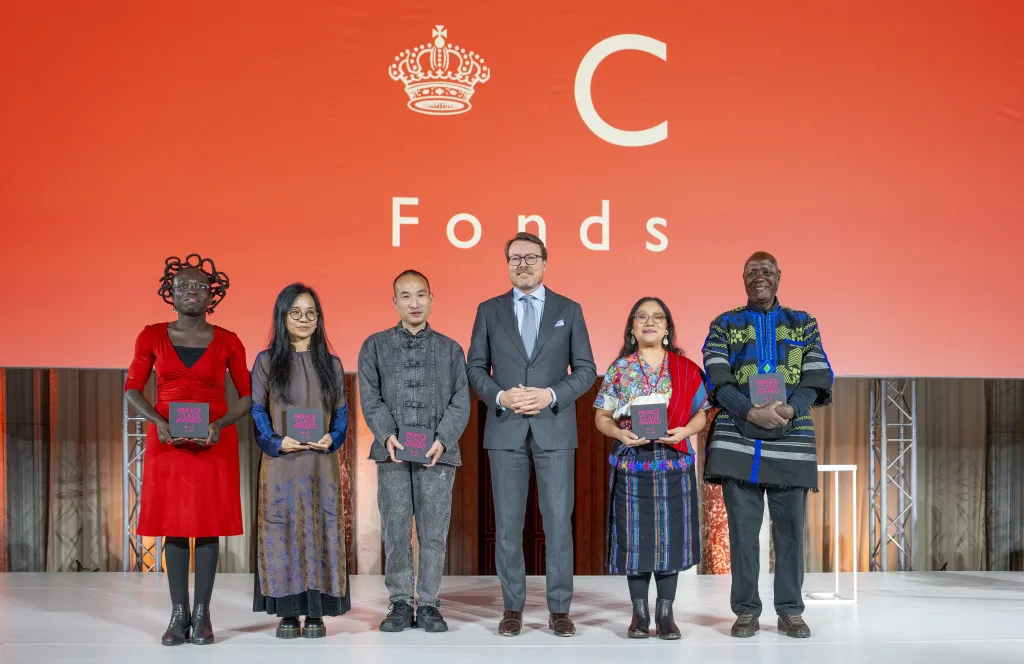
In addition to these financial support systems, technological advancements are revolutionizing the way African artists engage with global markets. The rise of digital platforms, non-fungible tokens (NFTs), and blockchain technology presents a significant investment opportunity for African creators to bypass traditional intermediaries and directly monetize their work.
The success of Nigerian artist Osinachi, who has gained recognition as one of Africa’s foremost crypto artists, highlights the immense potential for African artists to thrive in the digital space. NFTs have not only provided a new revenue stream but have also democratized access to the global art market, allowing African artists to retain royalties from secondary sales and achieve greater financial independence.

Moreover, the growth of platforms like Boomplay and Mdundo for African musicians, alongside the success of NFTs for digital artists, shows that African creatives are increasingly able to distribute their work globally. This connectivity between Africa and the international community helps build awareness and market demand, opening doors for new collaborations, commissions, and sales.
Investing in African art also extends beyond technology and government programs. International collaborations, such as those led by the British Council and Goethe-Institut, play a significant role in connecting African artists with international audiences and fostering cross-cultural dialogue. These programs provide valuable residencies and exchange opportunities, giving African artists a platform to showcase their work globally, build their networks, and strengthen their professional profiles.
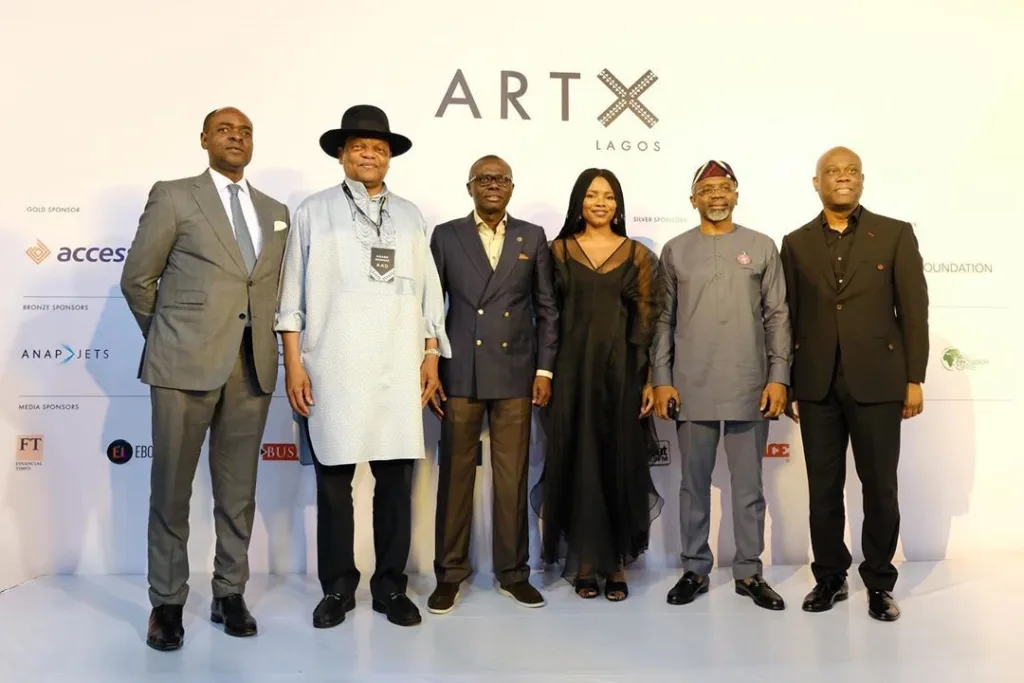
In addition to international and regional support, the art market itself is evolving, with art fairs and biennales acting as critical platforms for African artists to gain exposure and engage with global collectors and galleries. Events such as the RMB Latitudes Art Fair in Johannesburg, Art X Lagos, and the Dakar Biennale serve as vital spaces for African art to intersect with the international art world, helping to elevate its profile. The Venice Biennale’s increasing representation of African nations-13 African countries featured in 2024-is a testament to the growing recognition of African art’s value on the world stage.
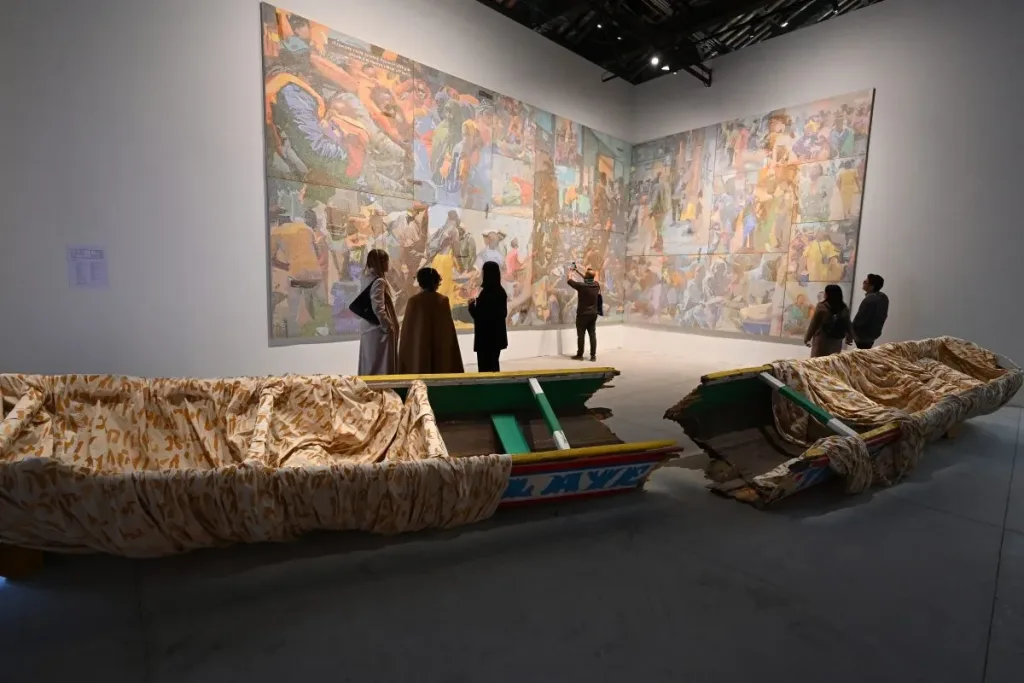
While significant strides have been made, there are still substantial barriers to overcome, including limited access to investment and inadequate infrastructure for artists. To overcome these challenges, it is essential for public, private, and international sectors to work together to create sustainable, long-term solutions. Increasing investment in African art-whether through traditional means such as venture capital or innovative sources like crowdfunding-will be key in enabling African artists to reach their full potential.
Ultimately, the future of African contemporary art is bright, but it requires continued collaboration across sectors and borders. By embracing innovative technologies, fostering public-private partnerships, and creating international platforms for African talent, the global art market can better reflect the rich cultural diversity and creativity of the African continent. With strategic investment and support, African art can break new ground, positioning itself as a dominant and also influential force in global culture.
